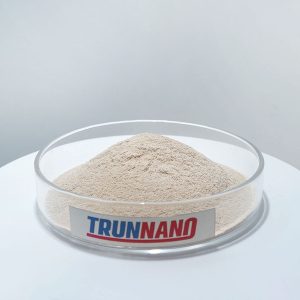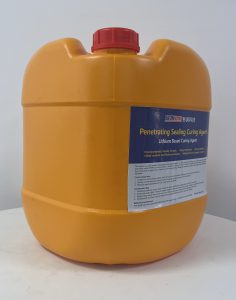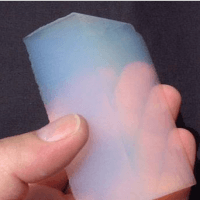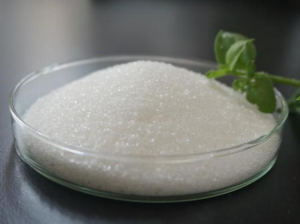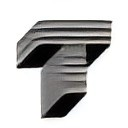Professional solutions on concrete addtives, Concrete Foaming Agent, Superplasticizer, CLC Blocks Additives, and foaming machine
Mercaptopropionic acid (MPA) is a multifunctional and functionalized thiol that has become an indispensable component in the fields of advanced polymers and materials science. This compound is characterized by its unique combination of carboxylic acid groups and thiol groups and has a wide range of applications, from the synthesis of specialty polymers to the development of high-performance materials. This article explores the significance of MPA, with a particular focus on the differences between domestic and imported grades, including the distinction between qualified products and first-grade products.
Thiopropionic acid, also known as 3-mercaptopropionic acid, is a small molecule with the chemical formula C4H8O2S. Its structure consists of a propionic acid skeleton and a thiol group (- SH) attached to the third carbon atom.
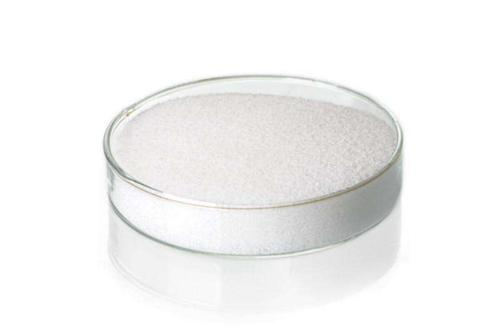
Mercaptopropionic acid
The presence of carboxylic acids and thiol groups endows MPA with several key characteristics
Reactivity: Thiol groups have high reactivity, making MPA a valuable reagent in various chemical reactions such as Michael addition, thioene reaction, and metal complexation.
Chelating ability: Carboxylic acid groups can form stable complexes with metal ions, which is useful in applications such as metal ion chelation and catalysis.
Hydrophilicity: The polarity of carboxylic acids and thiol groups makes MPA water-soluble, which is advantageous for many water-based processes.
Functionalization: MPA can be easily modified through esterification, amidation, or other chemical transformations to produce various derivatives.
These characteristics make MPA the preferred choice for synthesizing polymers, adhesives, coatings, and other advanced materials. It is particularly valuable in the production of self-healing materials, where thiol groups can participate in dynamic covalent bonding, allowing the material to self-repair when damaged.
| Parameter | Value |
| Chemical Name | 3-Mercaptopropionic Acid (MPA) |
| CAS Number | 616-90-8 |
| Molecular Formula | C4H8O2S |
| Molecular Weight | 124.15 g/mol |
| Appearance | Clear, colorless to light yellow liquid |
| Odor | Characteristic mercaptan odor |
| pH of 1% Solution | 2.5 – 3.0 (at 25°C) |
| Melting Point | 14-15°C |
| Boiling Point | 200-202°C (decomposes) |
| Density @ 20°C | 1.27 g/cm³ |
| Refractive Index @ 20°C | 1.500 – 1.505 |
| Solubility in Water | Soluble in water, ethanol, and diethyl ether; insoluble in benzene |
| Acid Value | ≥ 600 mg KOH/g |
| Purity | ≥ 98.0% |
| Water Content | ≤ 0.5% |
| Storage Conditions | Store in a cool, dry place away from heat, sparks, and open flames. Keep containers tightly closed. Use appropriate personal protective equipment. |
| Shelf Life | 1 year when stored under recommended conditions. |
Product parameter table of Mercaptopropionic acid
Application of mercaptopropionic acid
Polymer synthesis: MPA is used as a chain transfer agent in the synthesis of controllable structured polymers, such as block copolymers and star-shaped polymers. Thiol groups can initiate or terminate polymer chains, providing precise control over molecular weight and structure.
Adhesives and sealants: Reactive thiol groups allow MPA to crosslink with other functional groups, enhancing the adhesive and sealing properties of the material. This is particularly useful when formulating high-performance adhesives and sealants.
Coatings and inks: MPA is used in the development of UV curable coatings and inks. As a photoinitiator or reactive diluent, it improves the curing speed and final performance of coatings.
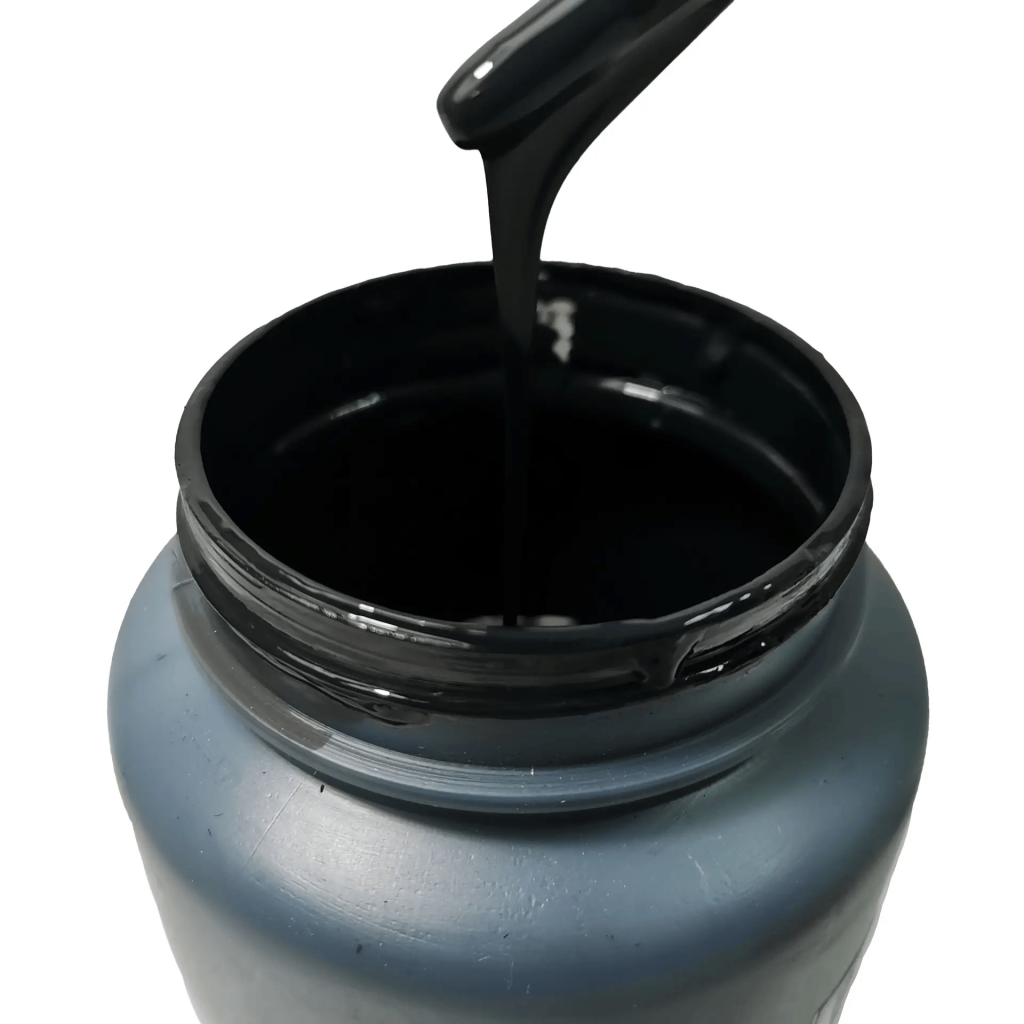
MPA is used for ink development
Biomedical applications: The ability of MPA to form stable complexes with metal ions and its biocompatibility makes it suitable for drug delivery systems, biosensors, and other biomedical devices.
The quality of MPA will significantly affect its performance in various applications. Therefore, understanding the differences between domestic and imported MPA, as well as the differences between qualified and first-level products, is crucial to ensure optimal results.
Qualified products: These are MPA products that comply with basic industry standards and specifications. They are typically suitable for general applications where purity and consistency requirements are flexible. The impurity content of qualified products may be slightly higher, and there may be some differences in quality between batches.
First-level product: First-level MPA is produced under stricter quality control measures, with higher purity and consistency. These products are typically used for applications where material performance and reliability are crucial. First-grade MPA typically contains lower levels of impurities, such as unreacted starting materials, by-products, and degradation products and has better inter-batch reproducibility.
Thiopropionic acid is a widely used and essential compound in the field of advanced polymers and materials science. Its unique properties, including reactivity, chelating ability, and hydrophilicity, make it a valuable component in a wide range of applications. Understanding the quality differences between domestic and imported MPA, as well as the differences between qualified products and first-level products, is crucial for ensuring optimal performance in various applications.
Supplier
Cabr-Concrete is a supplier under TRUNNANO of Concrete Admixture with over 12 years of experience in nano-building energy conservation and nanotechnology development. It accepts payment via Credit Card, T/T, West Union and Paypal. TRUNNANO will ship the goods to customers overseas through FedEx, DHL, by air, or by sea. If you are looking for Mercaptopropionic acid, please feel free to contact us and send an inquiry.sales@cabr-concrete.com


